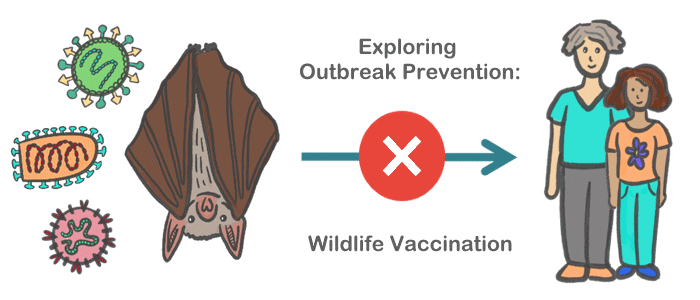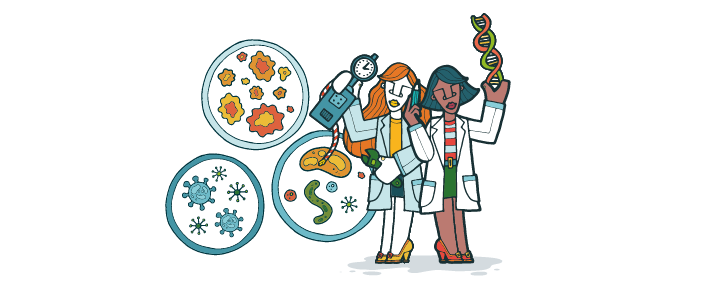Exploring Outbreak Prevention
Published: 3 May 2023
Explore spread of disease in animals & potential future vaccine tech, University of Glasgow. Higher Biol.
Lots of viruses that impact people come from wildlife, but how can we stop them making the jump to us? Explore the spread of disease in animals and how it can be prevented using current and potential future vaccine technology.
This activity is a perfect classroom supplement to the Higher Biology curriculum. The workshop was created by Dr Megan Griffiths, a Research Assistant from the University of Glasgow.
Before you begin, use the How to Access R Studio worksheet to access the platform needed to carry out the workshop activities. Don’t worry, it’s free!
Download Exploring Outbreak Prevention: How to Access R Studio
Learn about zoonotic viruses which can jump from wildlife to humans, and how this could be prevented. Follow the worksheet instructions to access virus outbreak and vaccination simulators.
Download Exploring Outbreak Prevention: Activity Worksheet
Part 1: Basic Outbreak Simulator. Explore what an outbreak of a new virus looks like within an animal population, and the parameters that impact its size.
Download Exploring Outbreak Prevention: R Script for Part 1
Part 2: Simulating Vaccination. See how vaccinating animals can reduce pathogen spread, and compare traditional vaccines to the potential of theoretical transmissible wildlife vaccines.
Download Exploring Outbreak Prevention: R Script for Part 2
Once you’ve completed the workshop, check your answers here. You can also have a look if you need some hints along the way.
Download Exploring Outbreak Prevention: Questions and Answers

Do you think transmissible vaccines are the future? Share your thoughts with us @GlasgowSciFest
using #ScienceOnTheSofa.
First published: 3 May 2023


